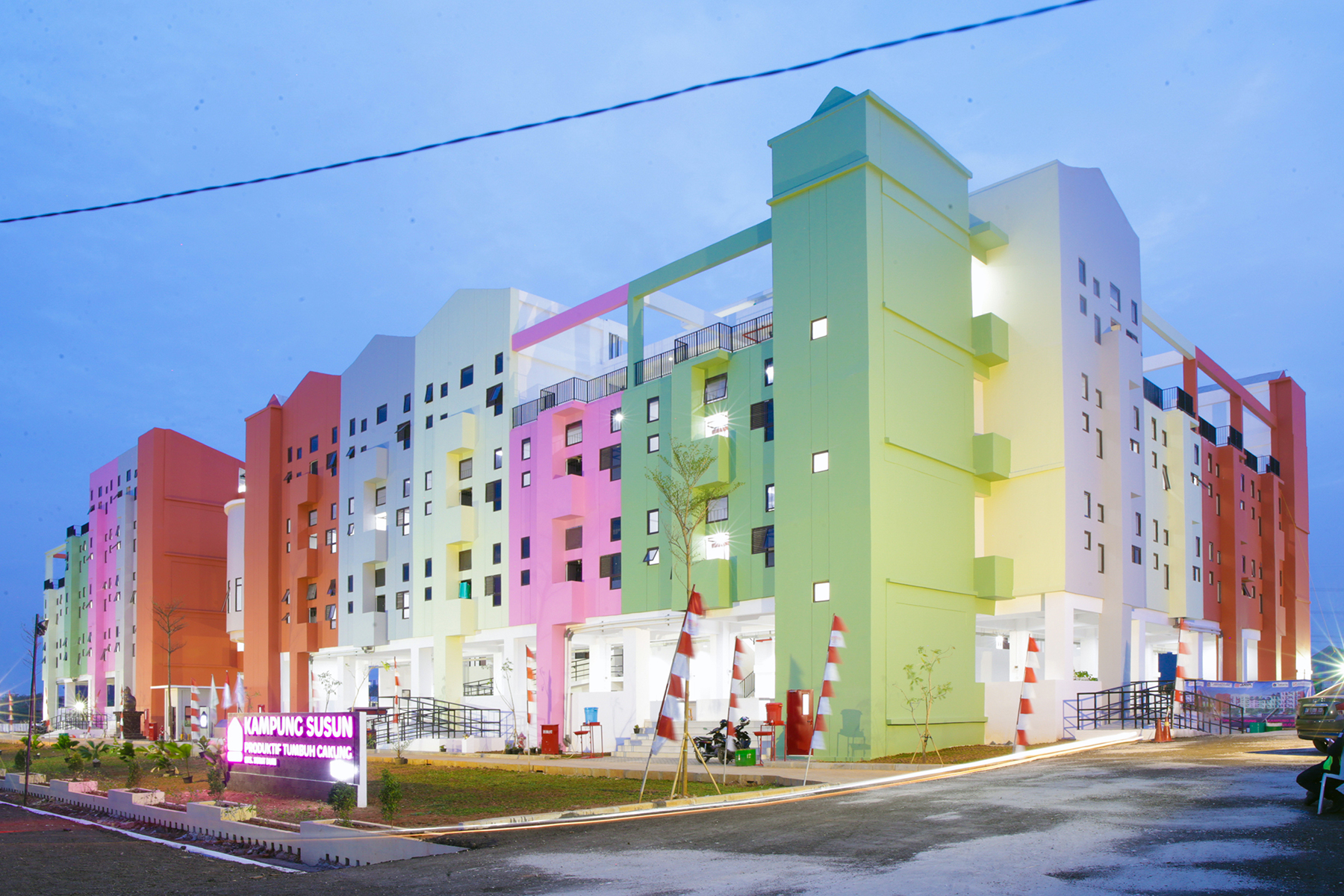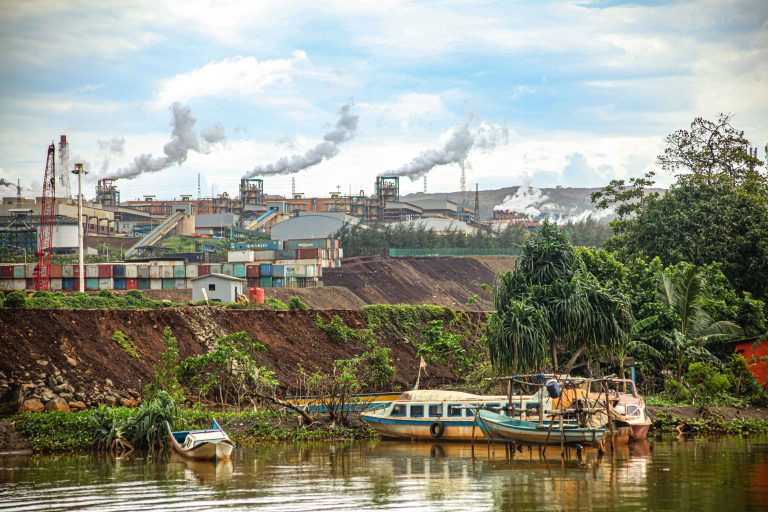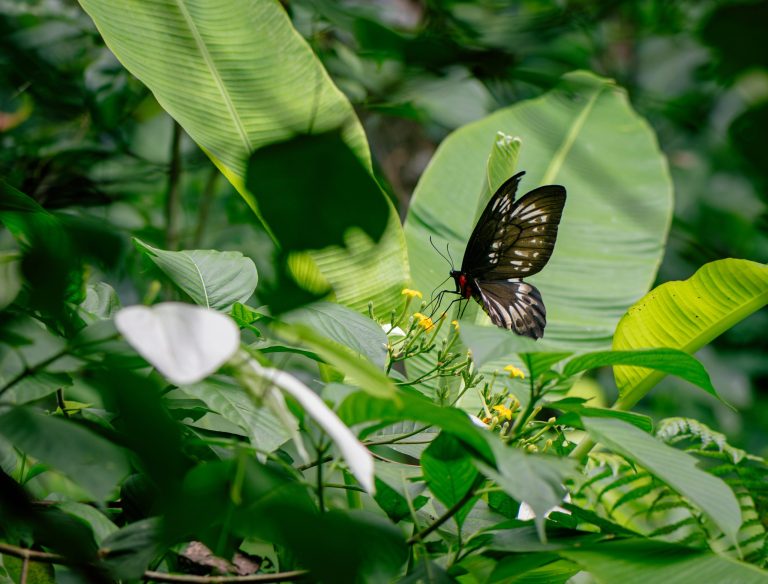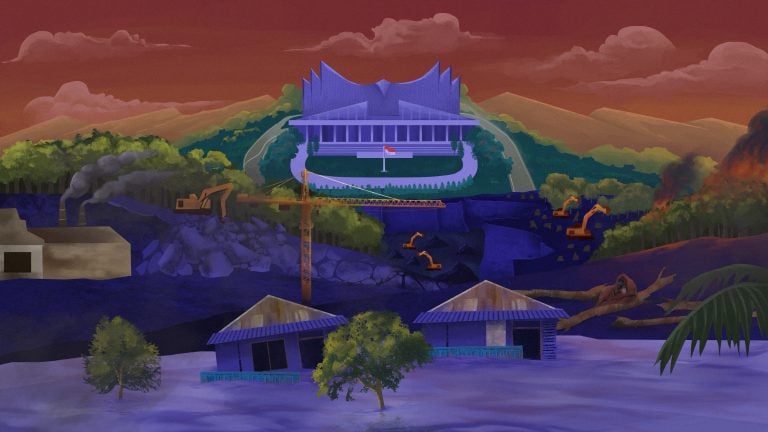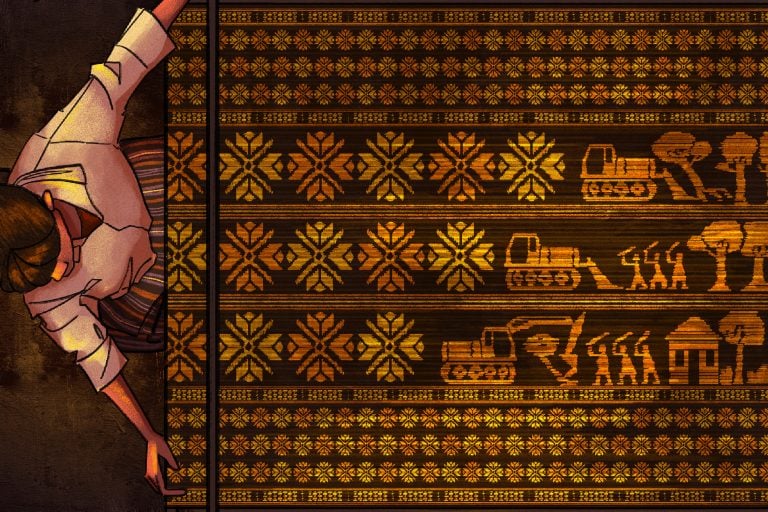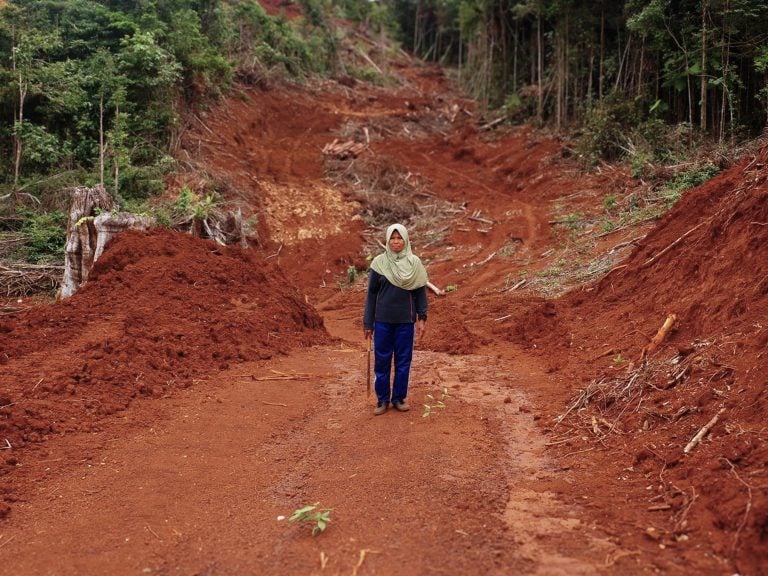Lina, 39, and her family have waited six years to own a home since they were evicted from their former residence in Bukit Duri, Jakarta, in 2016. Soon, her family and 70 others will have new homes, some 15 kilometers away from their beloved urban kampung, but new homes nonetheless.
Kampung Susun Cakung, built to house the displaced residents, is in its final stages of construction, and the city government held the inauguration ceremony for the building in August 2022. It will be one of the first public housing projects in Jakarta to have a modern design tailored to residents’ needs: a proper place for families to live, grow businesses and build a community, where residents can interact with and help each other.
In other words, Kampung Susun is designed to empower residents by giving them a chance for a better life—a departure from many of the city’s previous relocation efforts, which often ignored residents’ needs and left them poorer than before.
Some 70 families who were displaced in the “normalization” of the Ciliwung river will be the rightful owners of the property.
The previous administration evicted the residents as part of efforts to mitigate the city’s persistent flooding problems. The eviction, however, was later ruled to be illegal. In 2017, the State Administrative Court found that the eviction had no legal basis and that the residents were entitled to compensation. Later, in 2018, the residents won a separate class-action lawsuit on the issue.
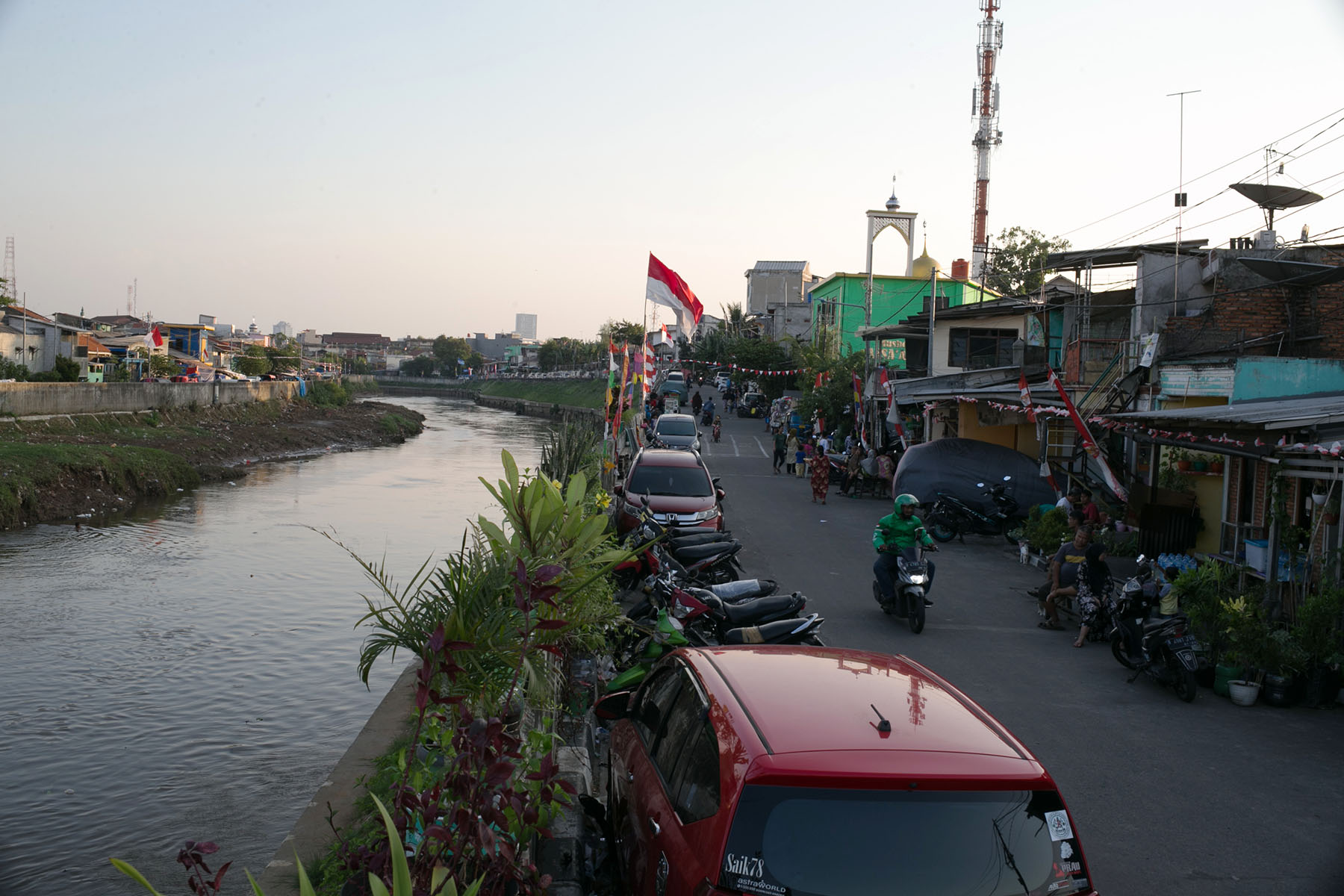
Lina used to live on the riverside in Bukit Duri, the house under her father’s name. Her memories of the eviction and the residents’ struggles to fight for their rights are bittersweet. In her family, her father was the most persistent in the fight, but now he has passed away. Lina will soon see the fruits of her late father’s hard work, but she regrets that he won’t be there with her.
“I used to doubt whether we could win this [battle] because the process was taking so long and there was no certainty. But my father believed in it and encouraged us to be patient,” Lina said.
In front of Kampung Susun stands a monument of a cat. Her name is Libi, and she was a fixture of the Bukit Duri community. The former residents have distinct memories of her. During the eviction, she was jumping and running from one building to another while the backhoes and excavators were tearing down the residents’ homes.
The kampung residents thought Libi had fallen and died as the buildings collapsed, but later they found her sitting on top of the buildings’ ruins and meowing loudly, seemingly just as confused and sad as the other residents.
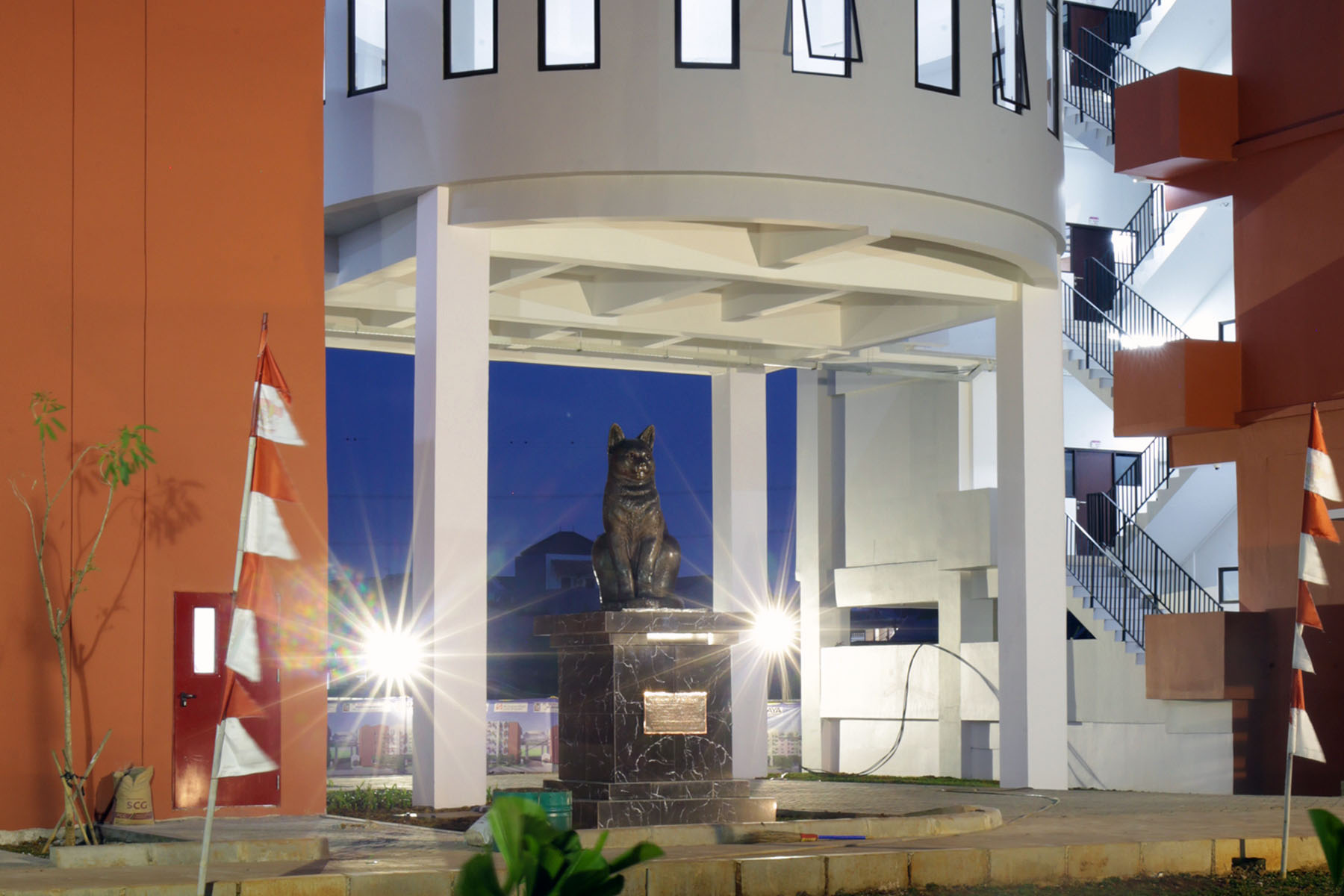
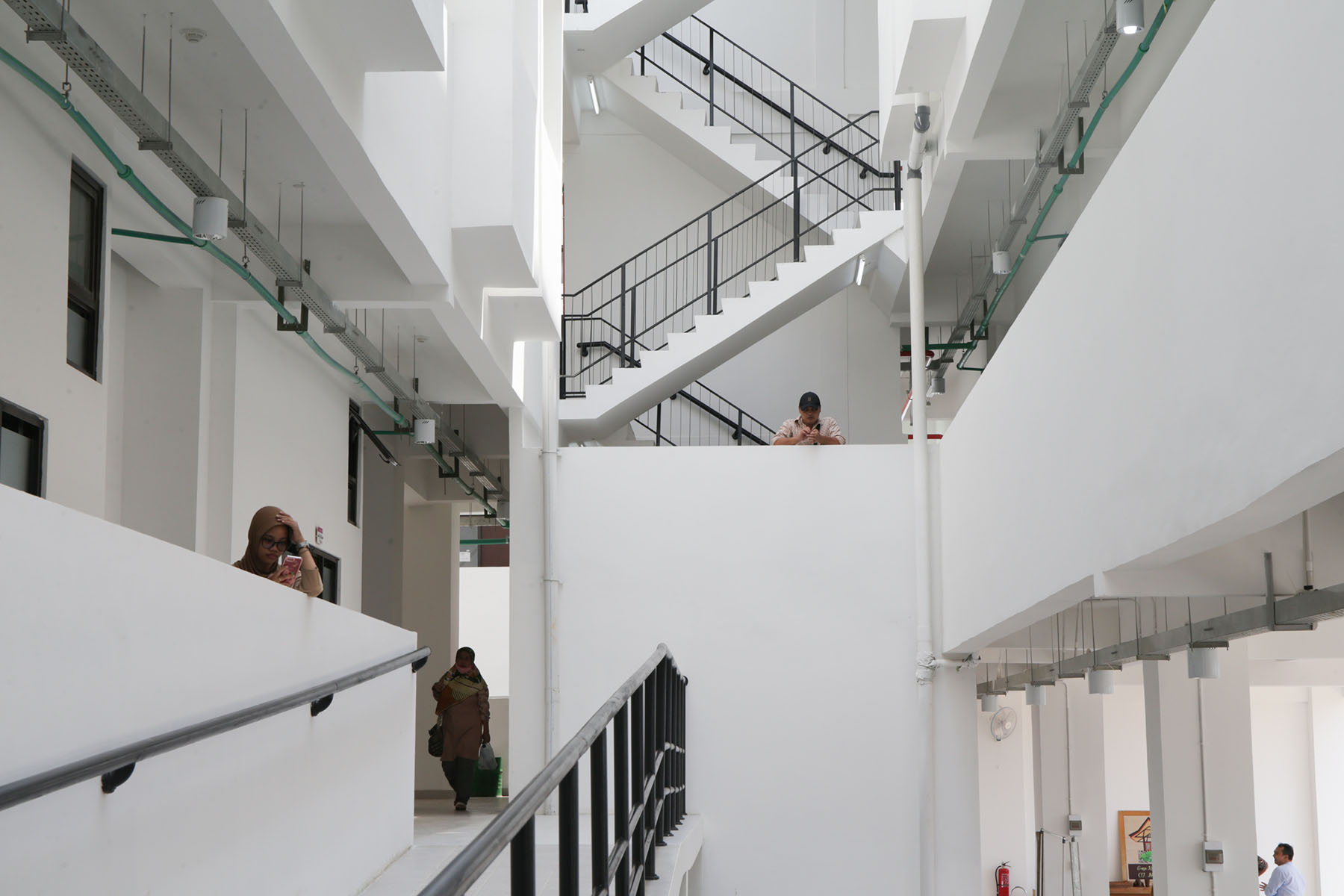
Before their kampung was destroyed, the villagers had a strong attachment to their neighborhood. A Dutch ethnologist, Roanne Van Voorst, published a book about her experience living there and called it The Best Place in the World. Voorst wasn’t exaggerating. Even though some parts of Bukit Duri had limited facilities and were considered slums by the city officials, the community was resilient and vibrant and took great care of the neighborhood.
Since 2000, a group of volunteers belonging to the group Ciliwung Merdeka worked with the residents to empower the community. Founded by Sandyawan Sumardi, the organization held various programs for the community to foster solidarity and independence.
Sandyawan explained his reason for creating Ciliwung Merdeka.
“I have been advocating for poor urban communities in Jakarta since the 1990s. One day, I realized I wanted to do more. I wanted to focus on a case, help empower a community through education [instead of simply helping to fight eviction]. I also wanted to show the government that there was an alternative to eviction.”
Lina was still in high school when she started working with Ciliwung Merdeka. She taught school subjects to the younger children through the program. In return, she learned how to use the computer and other skills from older members, usually volunteers from outside the organization. The teaching program was part of Ciliwung Merdeka’s mission to educate children through the sharing of community knowledge.
“The seniors taught their juniors. Those who were in junior high school taught those who were in elementary school, those who were in senior high school taught those who were in junior high school, and so on. There were also volunteers involved,” said Sandyawan.
The curriculum included art and culture, health, business skills, sanitation and legal subjects. Dormiana Yustina Manurung, who is now a program coordinator at Friedrich-Ebert-Stiftung’s Indonesian office, published a study in 2014 titled “The Empowerment of Poor Residents along the Ciliwung River”. It noted seven empowerment programs pursued by Ciliwung Merdeka for the Bukit Duri community. The first was an education program for children. The second was public health education. The third was waste handling and management. The fourth was economic empowerment. The fifth was art and culture education. The sixth was disaster response and mitigation. And last but not least was spatial planning and architecture.
Abdul Muiz, now the deputy chief of Ciliwung Merdeka, recalled fondly a performance that the residents gave in front of a large audience in 2011. It was called “Ciliwung Larung” and depicted their bittersweet experiences and lives as urban kampung residents, including their concerns about the ongoing threats of eviction by the local government.
Muiz was the community’s music coordinator and taught other children how to play instruments. There was a percussion group, and the kids used to practice playing djembe, guitar, or just singing along together.
“Ciliwung Merdeka was like an open learning space for everyone to participate in, not only the kids but also the adults,” he said.
Muiz also recalled how the Bukit Duri community, which consisted of the Bukit Duri residents and a group of volunteers from various backgrounds, had become a site for various “one-stop services”. Doctors volunteered at the clinic built by Ciliwung Merdeka, and the residents could have consultations and get their health problems treated. The residents, mostly homemakers, also learned acupuncture and acupressure so they could perform it on others.
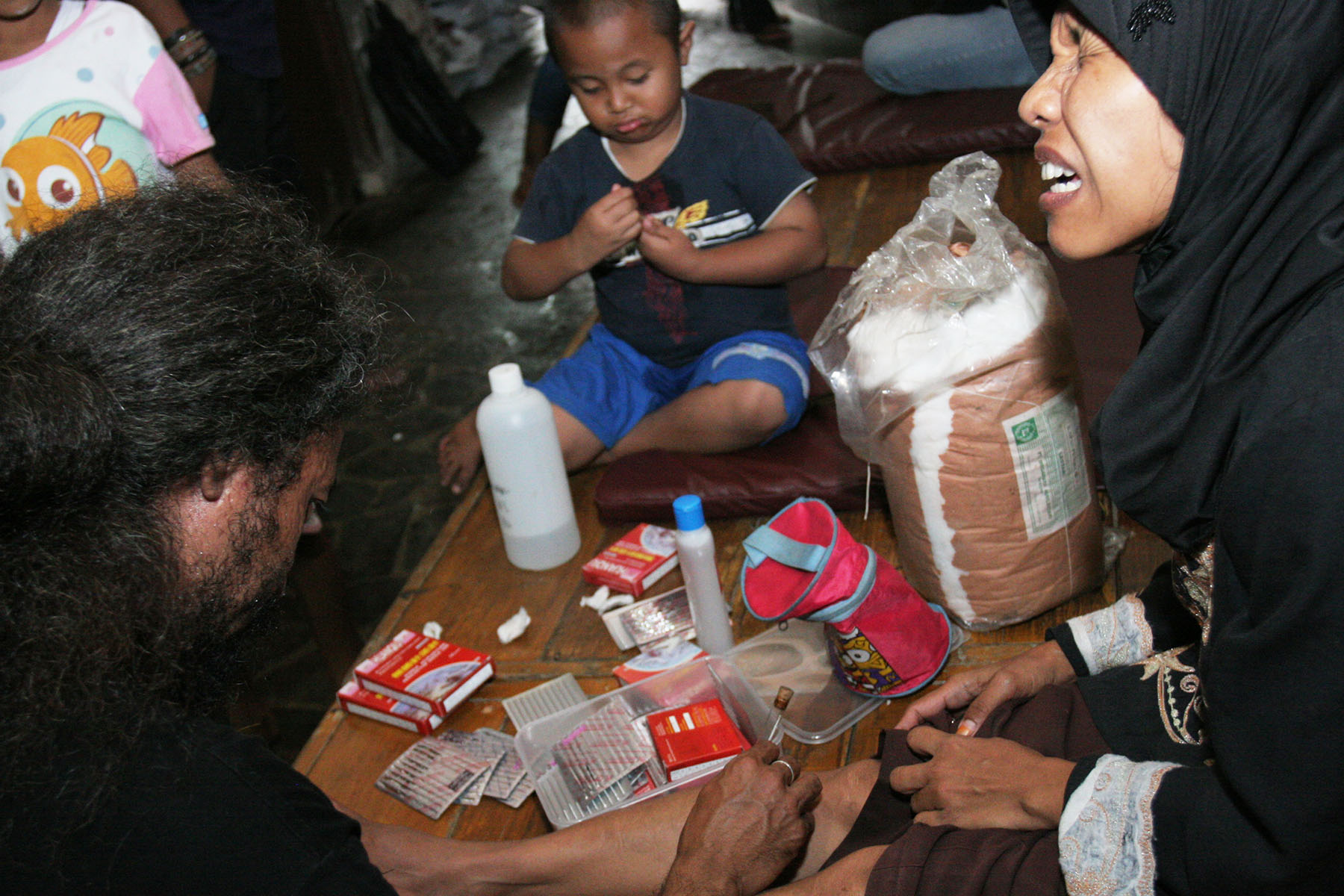
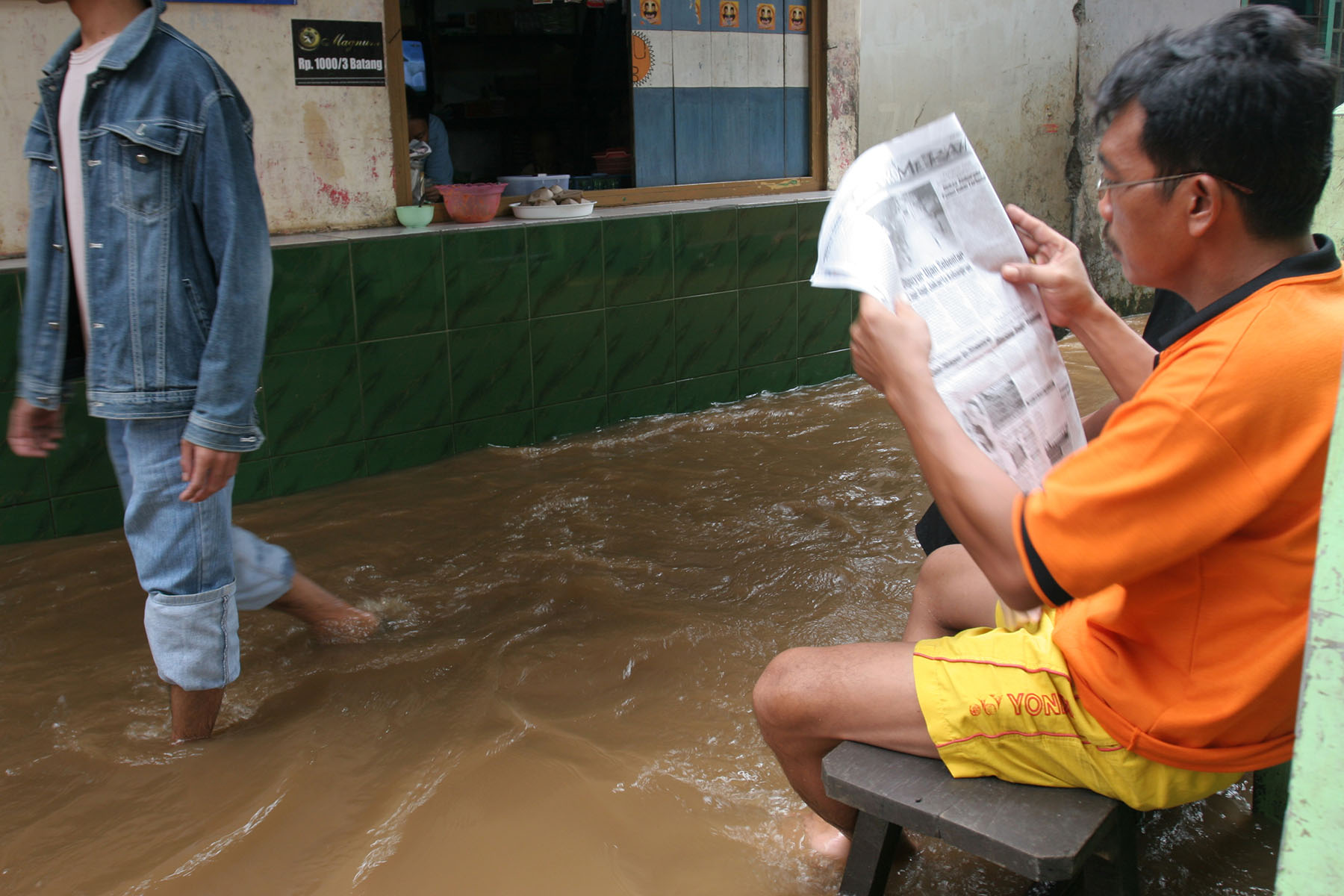
In the demolished kampung, there was also a “compost house”, a place where residents managed their waste and turned organic waste into fertilizer. And there was a search and rescue (SAR) team where residents not only helped each other during major floods in Bukit Duri, which usually occurred once every five years, but also provided assistance to the victims of natural disasters in other parts of Indonesia, such as Aceh’s magnitude-9 earthquake and tsunami in 2004, which killed more than 130,000 people and destroyed millions of buildings. Ciliwung Merdeka managed to mobilize volunteers from all over the country to assist in Aceh.
The Bukit Duri residents, Sandyawan felt, needed to be able to stand on their own feet.
“We had a lot of volunteers with Ciliwung Merdeka. But they wouldn’t last forever. I told the residents they had to be able to educate their children. They had to be the pioneers of their success and influence other communities,” explained Sandyawan.
Since the eviction, the former residents of Bukit Duri are now scattered everywhere, not only in Jakarta but also in other cities. Ciliwung Merdeka’s headquarters is no longer in Bukit Duri either, but the 16 years working and living with the residents were not in vain.
Lina is now working as a snack and drink seller from her rented place in Bukit Duri. She sells hamburgers, takoyaki and martabak from a food stall. Her most frequent customers are children in the neighborhood.
“The house next door holds tutoring sessions for children. They usually buy snacks here during breaks,” she said. Lina plans to continue her small business in Kampung Susun Cakung.
Another evicted resident, Riswa, plans to sell Muslim clothing and bags from her new residence. She also serves as the treasurer for Kampung Susun’s cooperative. The residents agreed that the new residence would be managed by a cooperative, which meant the residents would take responsibility for the care of the whole neighborhood.
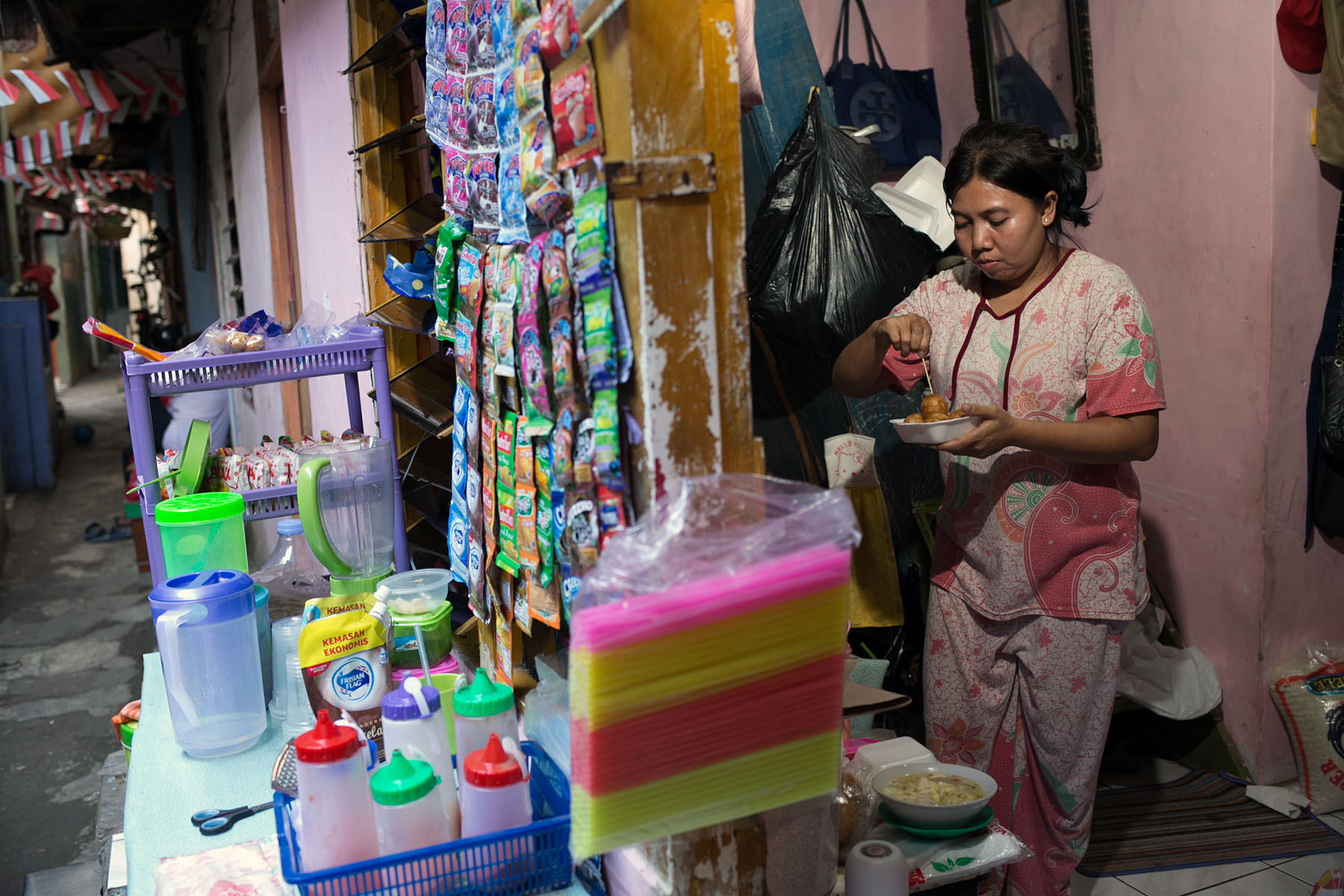
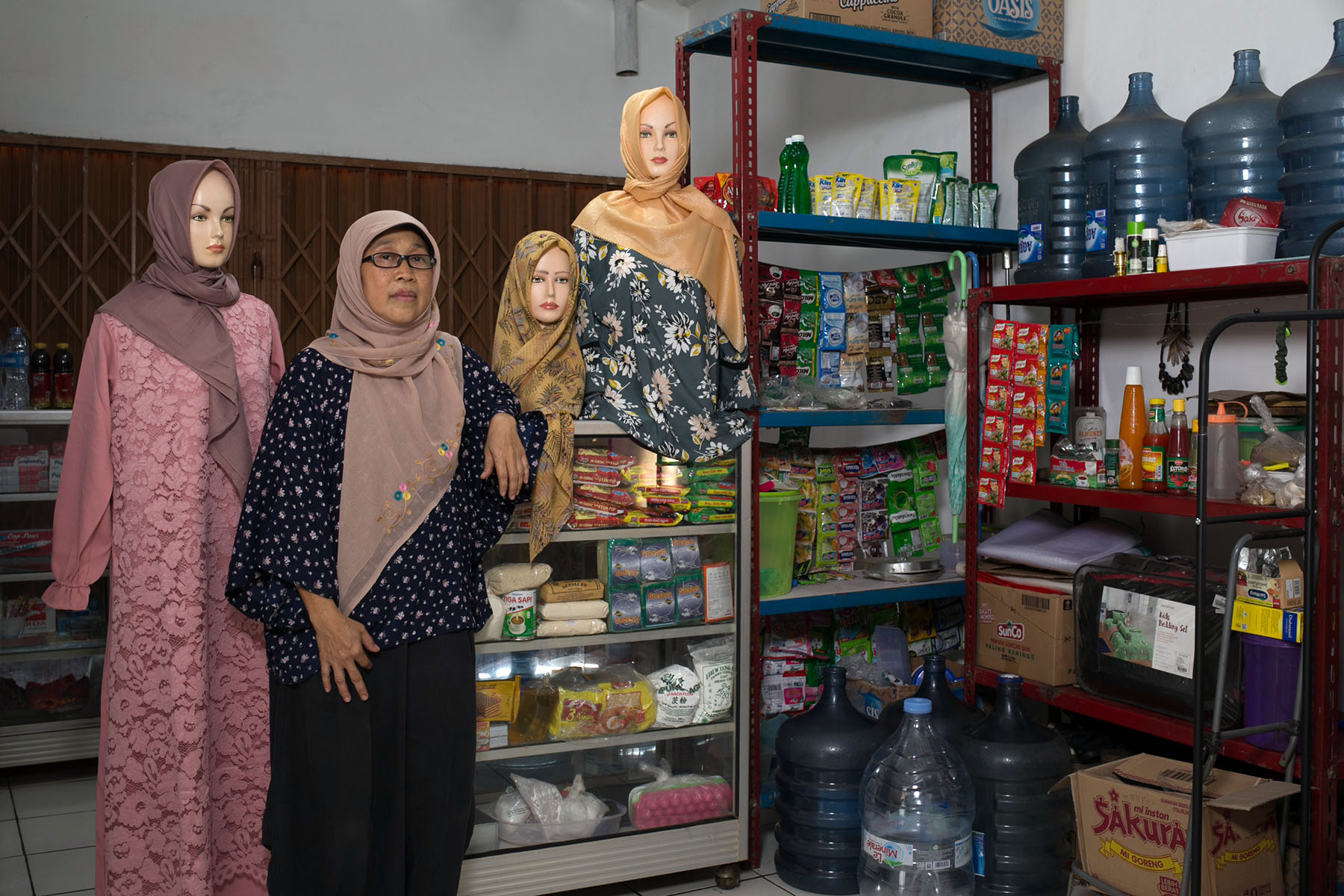
The new building is called Kampung Susun (vertical kampung) and not “rumah susun” (apartment building) for a reason. The members of Ciliwung Merdeka lobbied the government for years with a simple demand: poor citizens deserved proper living conditions too. Yu Sing, the architect, believed the relocation plan needed to consider the needs of the people living there. In Bukit Duri’s case, where most of the residents work in informal businesses and own small-scale enterprises, it was important to design a neighborhood where they could still sell their products and not lose their livelihoods. The residents are also used to interacting with each other and doing activities together, and the architect sought to maintain that sense of togetherness.
“Kampung Susun is our effort to provide a neighborhood that not only functions as a place to go home and sleep but also a community where the residents can perform their economic activities and interact with each other,” said Yu Sing. “People who live in urban kampung have different characteristics to those who live in suburban areas. They are used to doing activities together. Their doors and windows are wide open, available for others to visit, stay, or simply chat.”
Each unit in Kampung Susun Cakung is about 36 square meters and consists of both a personal and productive space. The productive space provides a place for residents to manage and grow their businesses. Considering that the units will be inhabited by families that will eventually grow, they also each have a loft that can function as an additional room for new members of the family.
The productive space is a significant feature and the result of the participatory process. Jakarta’s public housing projects, usually called rusunawa, rarely have spaces for business activities. In regular rusunawa, tenants are not owners, and they are not allowed to open businesses in their residences.
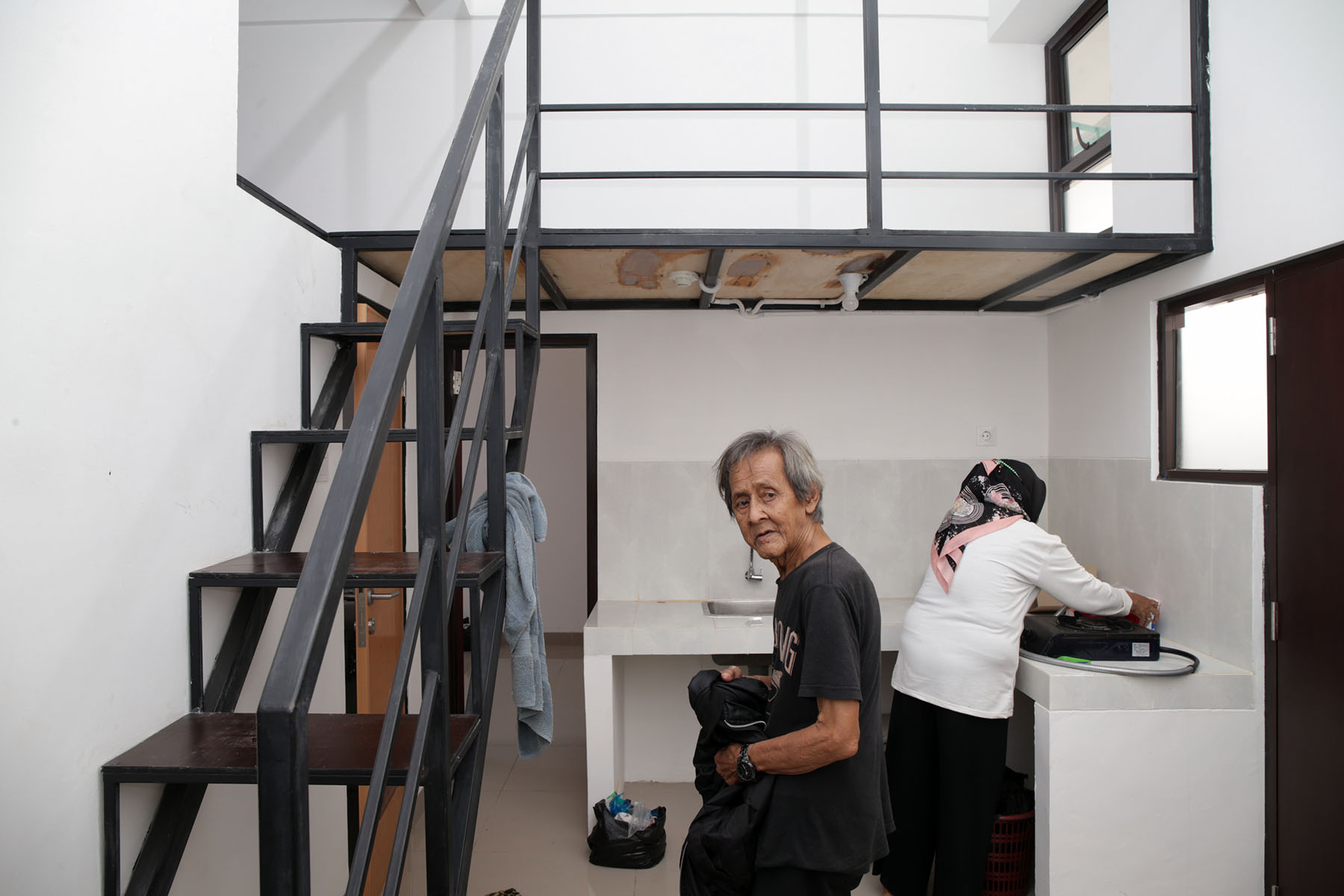
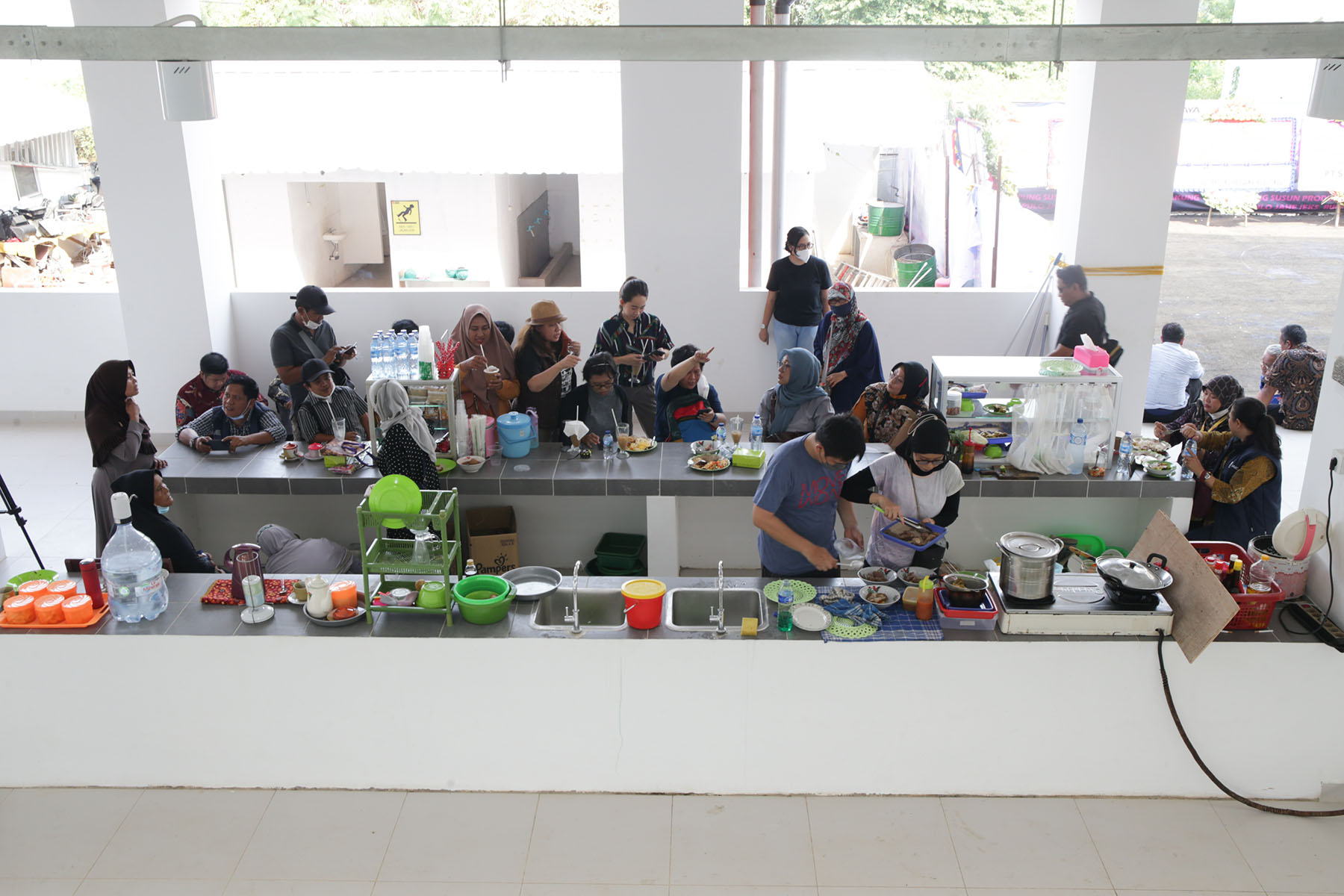
Lina is excited to imagine her new home in Cakung. She is a single mother of three kids and currently rents a small 3-by-2 m place in Bukit Duri that can barely hold everyone inside it. Paying the rent, some Rp 900,000 per month, is a challenge for someone whose main income comes from a food stall. Living in Kampung Susun, she will not have to pay rent anymore. The residents are only obligated to pay a maintenance fee to the cooperative, which can also lend the residents business capital.
Reflecting on the 2016 eviction, which was five years after Bukit Duri’s residents performed “Ciliwung Larung” on stage, the residents realized parts of their performance had come true. Security forces had pushed them out of their homes, giving them no choice but to leave their livelihoods and the community they once loved behind. It was deja vu, the residents said.
“We experienced this before, didn’t we?” they said as they remembered their performance.
But the play finished with a flicker of hope. The final act was a mother giving birth to a baby, representing a new era and the resilience of the Bukit Duri residents. Hopefully, this too can become true as the residents unite again in Kampung Susun.
Ciliwung Merdeka is one of twelve stories of local transformation shortlisted for the 2022 Transformative Cities People’s Choice Award. Transformative Cities is a global initiative to search for and support transformative responses to global crises at the local level. You can still vote for an initiative that you think deserves more attention and resources until Nov. 6 at transformativecities.org.

